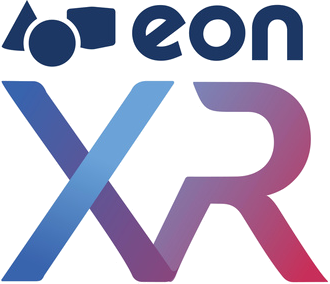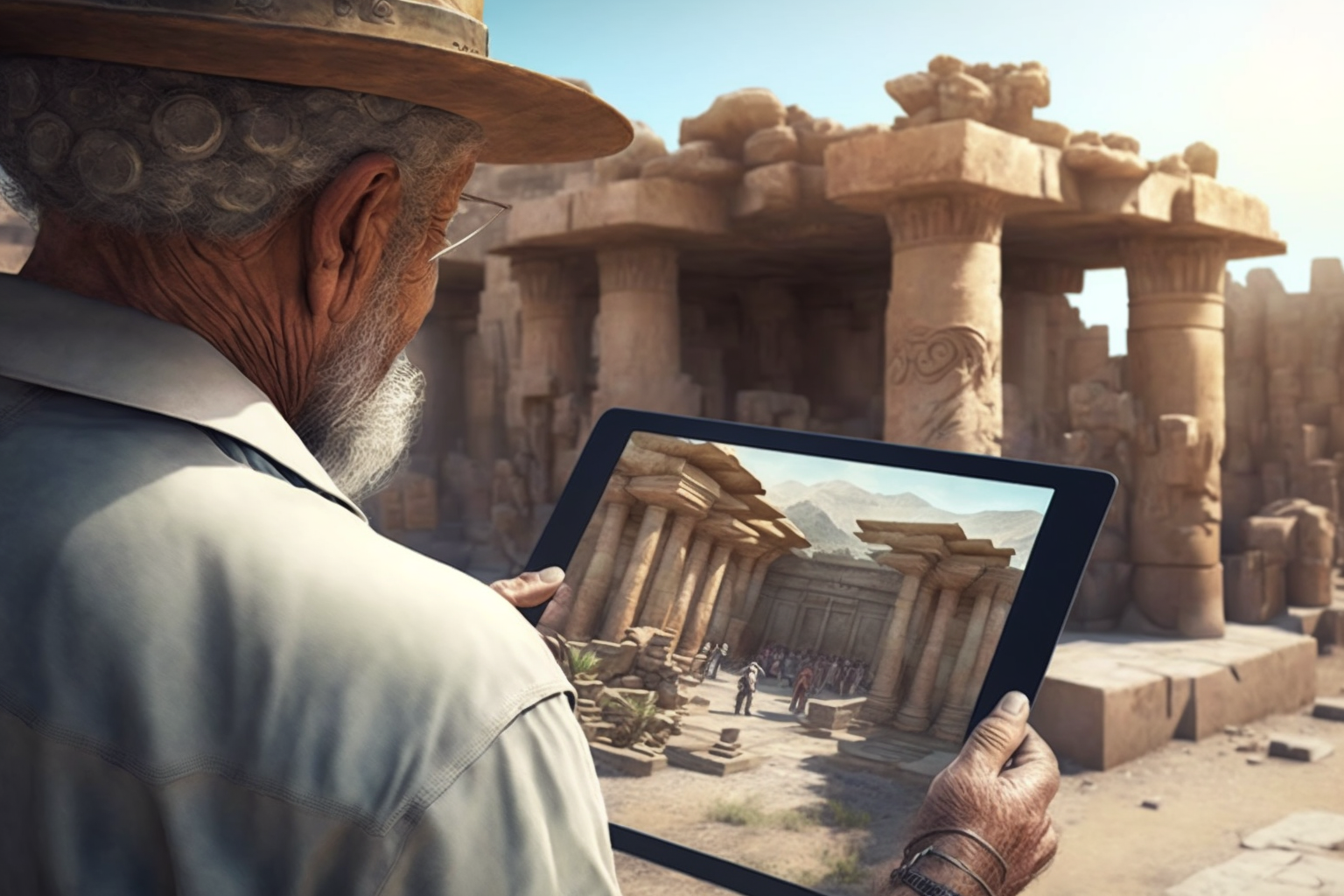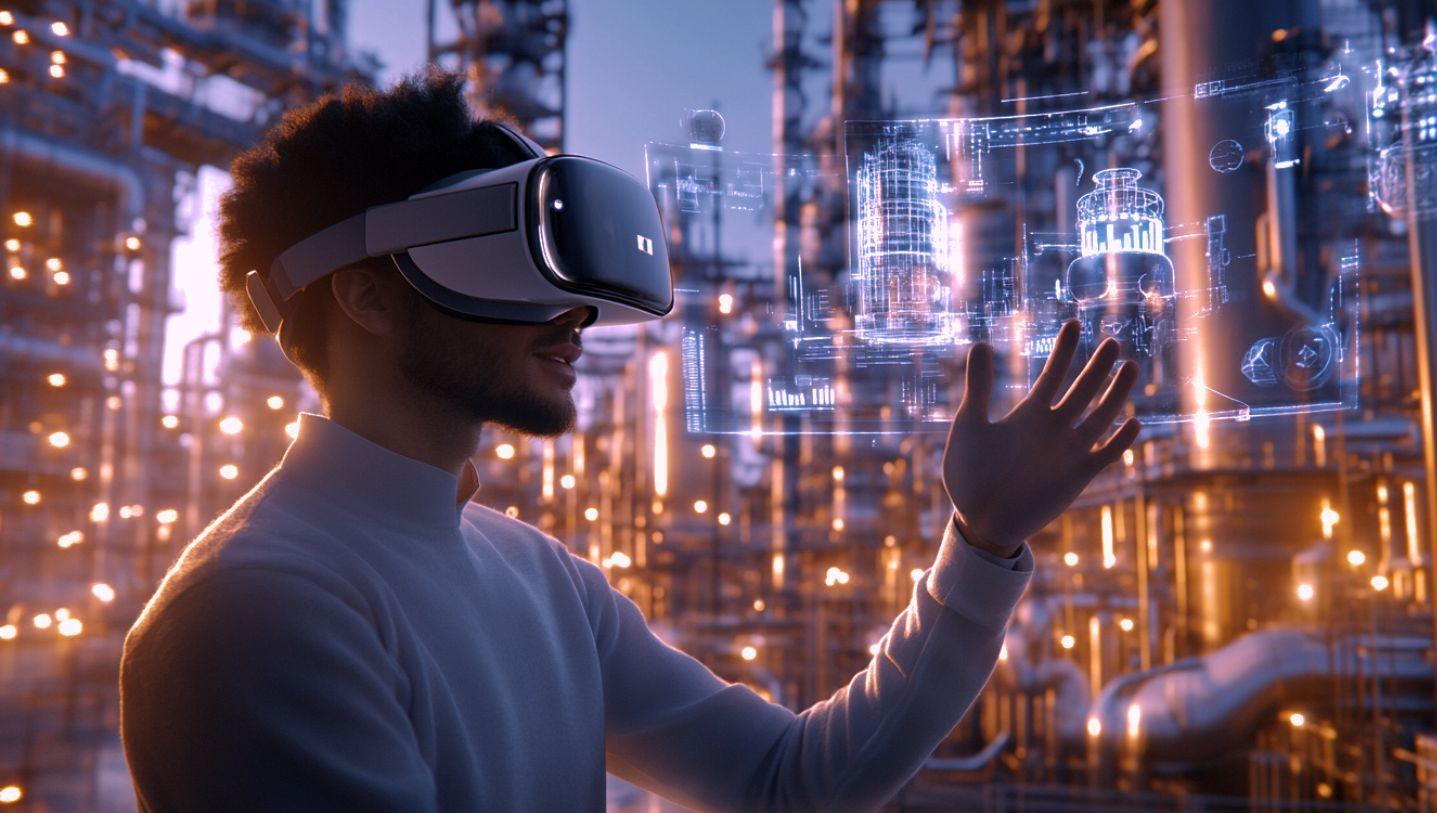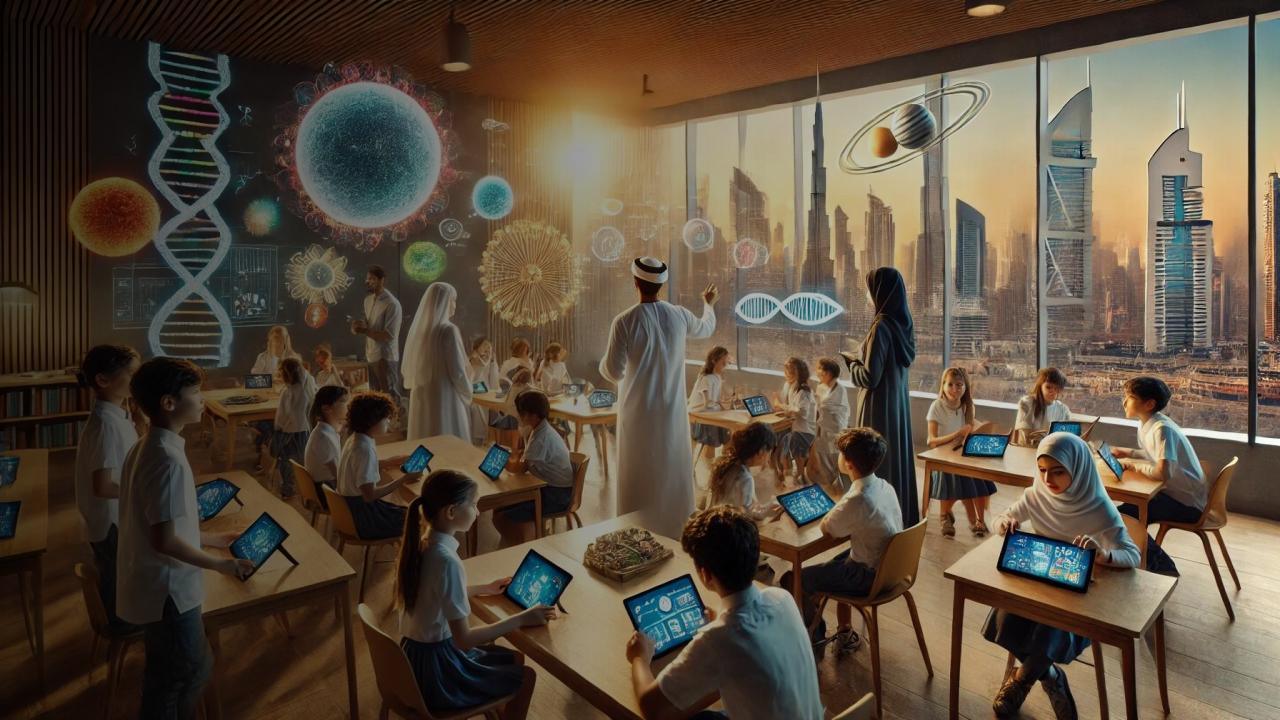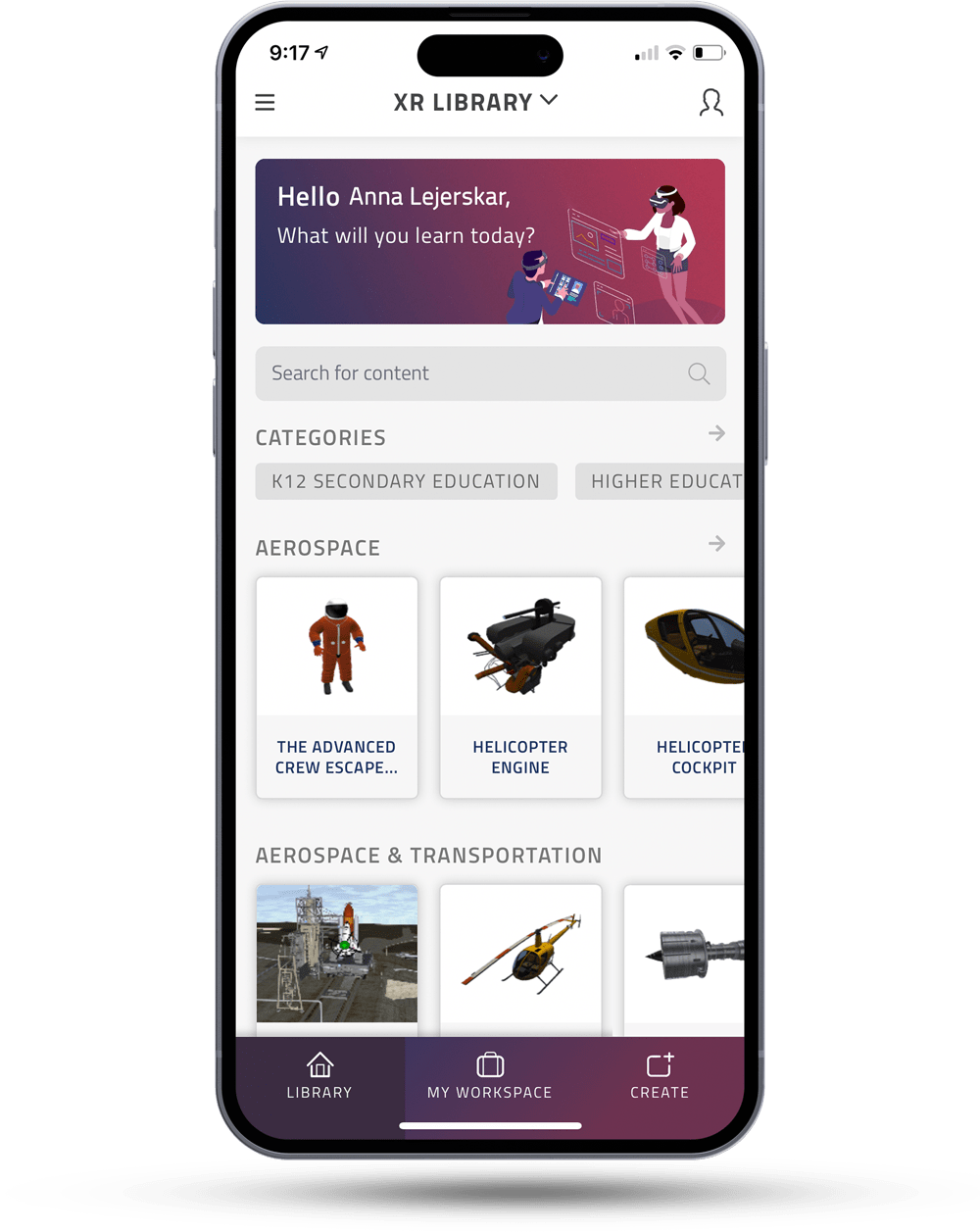The next 10 years of edtech is now brimming with potential, with the advancement of complementary technologies such as artificial intelligence, machine learning and more recently, the often-heard term Metaverse. Since the worldwide school shut down in 2020, transitioning to distance learning at lightning speed became a necessity. And out of this adversity came innovation and that’s only one out of many reasons why edtech is now poised to play a much bigger role in our classrooms.
But that is not the end of it, the developments within the immersive technologies industry are now brewing towards the perfect storm, to what could be the Renaissance equivalent in edtech.
In this article, we share our top three reasons why we think the next 10 years of edtech will smash the last 10!
Reason Number 1: The Ubiquity of Smart Devices
Since simulation technologies first burst into the scene in the late nineties, the cost and availability of hardware continued to be one of the biggest barriers to adoption. But the introduction of the first smartphone in 2002 quietly and steadily became one of the biggest game-changers in the XR industry.
Software companies who survived the big VR/AR crash of 2017/18 began to pivot towards creating solutions made for smart devices, creating a tipping point towards large scale use.
Just between 2017 to 2022, global smartphone penetration rates have jumped by nearly 50 percent (Statista). Today, 84 percent of the world’s population own a smartphone with the numbers projected to grow particularly in developing economies.
This unprecedented growth in access to the internet via handheld devices has now turned the industry on its head. Today, any learner with a basic smartphone can now access learning portals such as EON-XR anywhere in the world without having to invest in bulky and expensive hardware, truly democratizing education!
Check out how EON Reality is democratizing knowledge to rural communities in Vietnam with UNICEF.
https://youtu.be/mk7737vms_A
Reason Number 2: It Truly Works
On average, the regular student remembers 30 percent of what they hear and 20 percent of what they see. Therefore in normal classrooms where teachers are using only mostly 2D images and audio, students can only grasp a fraction of what is taught, and much less when it comes to complex theories and concepts. This is because students still need to synthesize all that information into a visual understanding and perception in their own minds.
With VR and AR, the journey from digesting information to understanding is sped up. The technology offers the opportunity to explore different realities and angles of what they are learning, instead of simply delivering the information through two-dimensional images, audio or text.
According to various independent studies, the efficacy of VR and AR are undisputed and here are just a handful of studies we have found:
- PwC found that learners trained with VR were up to 275% more confident to act on what they learned after training—a 40% improvement over in-person classroom learning, and a 35% improvement over eLearning.
- For each additional hour of training, students exposed to VR training score 3 percent higher in learning assessments, when compared to students exposed to the same curricular content delivered through traditional training methods. (World Bank, 2021)
- Students who complete VR training report 20% higher levels of confidence and self-efficacy towards learning after they complete their courses ( World Bank, 2021)
- Students who are exposed to VR training are, on average, up to 30 percent more efficient (using inputs, time, and/or avoiding performance errors) than students exposed to traditional training per additional hour of instruction (World Bank, 2021)
- VR training has a retention rate of 75%, beating out lectures (5%), reading (10%), and audio-visual learning (20%) (FrontCore, 2020). And this is not limited to the classroom with workplaces reaping the benefits of XR technologies for staff training and development as well.
- VR training reduces the occurrence of workplace injuries by 43% (Chaos Theory Games, 2020).
- Police officers who received virtual training are 2.7 times more likely to participate in successful missions (SURVIVR, 2020).
- Boeing cut training time by 75% by implementing VR technology. (LightReading, 2017)
Reason Number 3 : The Race to Build the Metaverse
First coined in 1992 by science fiction writer Neal Stephenson in his novel “Snow Crash”, the term “metaverse” is creeping ever so closer to reality.
In fact we are now witnessing one of the most crucial technological races of the century. Widely touted to be the next internet, the Metaverse is set to create trillions of value and is potentially bigger than the mobile phone revolution that precedes it.
But this is just the beginning and things are only beginning to heat up. Since January 2022,
- Microsoft has acquired Activision Blizzard for $68.7 billion to “provide the building blocks for the Metaverse”.
- The company formerly known as Facebook, now Meta is going all in, according to Chief Executive Mark Zuckerberg. In addition, they have embarked on a sweeping internal transformation, creating thousands of new jobs in Reality Labs and investing a tune of up to $10 billion just in 2021 alone.
- Apple’s CEO Tim Cook, while keeping cards close to their chest in their latest earnings call, teased their Metaverse ambitions, saying “We see a lot of potential in this space and are investing accordingly.”
- Google, a company with a storied history in AR and VR have been quietly building their own Metaverse. Former Oculus General Manager Mark Luckovsky is now at Google overseeing the company’s AR Unit and Google’s open roles at LinkedIn are a telling indicator. According to their profile, the company has engineers “building the foundations for great immersive computing”, with a focus on making its operating systems and associated devices “accessible to billions of people”
While the metaverse is already being seen as the future of entertainment, fashion, gaming and even partying, experts argue that its best-case use will likely be for education.
Since the start of 2020, EON Reality dedicated its resources to creating the EON Campus and Knowledge Metaverse, finally launching “Spatial Meetings” in July 2021. Designed to replicate the campus experience in virtual reality, students and teachers can now connect anywhere around the world to participate in real-time classroom sessions with avatars just through any smart device.
Spatial Meetings,the portal to the EON Campus and Knowledge Metaverse
https://youtu.be/JkQiqYDwpG4
This technology has the potential to change education systems globally, simply because anything can become a learning experience in the Metaverse. One of its most distinctive advantages is breaking down subject silos, a typical feature of outdated curriculums.
For example, a teacher could show an aircraft engine, display how it was built,how much horsepower it could generate and how it propels an aircraft on takeoff. By showing such scenarios, abstract theories now take on real-world relevance, fusing learning into a holistic and engaging experience.
And this is our list of reasons why we think the next 10 years of edtech will smash the last 10! Are there more you could add to the list?



